
Leaving Ambleside at about 9 am, we started the eight-hour trek up to our island destinations: Skye and the Outer Hebrides (the island of Harris and Lewis, specifically). As noted in our last blog entry, as we passed through Glasgow we exchanged our ungainly Kia SUV for a nice little Fiat 500, which would do much better on the single-track roads that dominate much of the islands.
As we drove, we stopped for fish and chips at a hotel near Loch Lomond - and named Pub of the Year in 1705! After driving through a rain shower, we stopped to take a picture of an amazing double rainbow!
Skye is an island, but it's reached by a not-very-long bridge from the mainland. We stayed at a small hotel in the port of Portree - the only sizeable town on the island. The colors of the harbor buildings are particularly noteworthy, as the primary color scheme of the UK consists of dark grey, white, and lots of green - that's it.

The next morning we drove about five miles north to see The Storr, an amazing rock outcrop that peeked in and out of clouds. We'd visit it again two days later.

We drove back over Skye Bridge to the mainland and visited beautiful Eilean Donan Castle, which sits on an island with a connecting stone bridge. Very iconic. Unfortunately, no inside photography is allowed.


We'd visited the castle once before in 1996, when we were in Scotland with our young sons and spent time with our former au pair Wendy MacRae. Eilean Donan is the ancestral castle of the MacRaes. Wendy and her parents took us to see Eilean Donan. As we toured one bedroom, Wendy laughingly said, "This would have been my room if things had turned out a bit differently."
Our boys found the outside parapets much more interesting than the castle inside, releasing their inner archers.

Our second day in Skye we toured the western part of the island. Beautiful heather lined the rocky hillsides.

Skye has beautiful stony beaches and dramatic sea cliffs and very clear water. We visited Glenbrittle Beach.
A short drive away were The Fairy Pools, a series of cascades and waterfalls, and a popular tourist destination.

Late in the afternoon, we drove out to Neist Point, arriving during "The Golden Hour."

The next day we drove counter-clockwise (the Scots would say "anti-clockwise") around the north end of Skye. Our first destination was The Storr. We did not climb all the way to the rock outcrop, but made it more than halfway up to a beautiful viewpoint of the coast and lakes.

We hiked back down to the car, and continued north, catching a view of The Storr from the other side...

...and enjoying the dramatic cliffs of the shoreline.
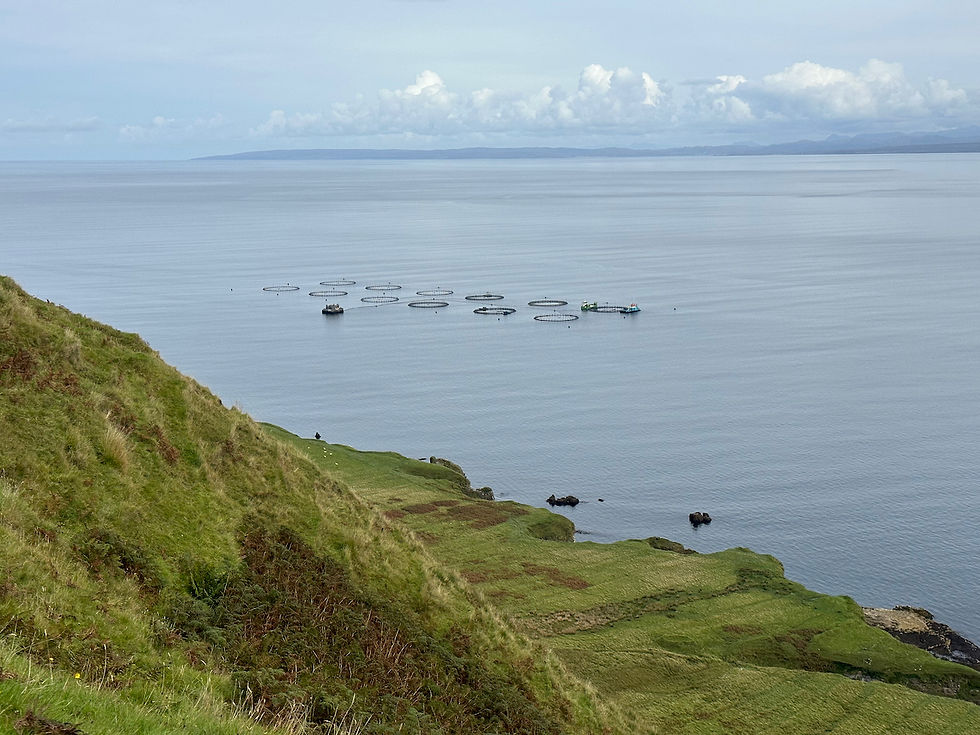
We stopped to see Mealt Falls, which drops dramatically straight to the sea. Kilt Rock (with the green skirt) is in the distance.

At the top of the island, we hiked among the ruins of Duntulm Castle.
Nearby, we watched as a farmer trained her dog to herd sheep (there are a LOT of sheep on Skye and on the Outer Hebrides).
Rounding the island and coming back south, we hiked past ponds and mounds...

...to an area called "The Fairy Glen."

The next morning, we drove from Portree to Uig, and boarded a ferry for the hour-and-forty-minute ride to the port of Tarbert on the Outer Hebrides. Tarbert is in Harris, and we were staying in the town of Stornaway in Lewis. Harris and Lewis are the two parts of a single island - the dividing line between the two was not clear to us.

Leaving the ferry, we drove the nearby Golden Road which offered dramatic scenery with grey granite rocks, purple heather, and small lakes.
Driving north, we stopped to see the Callanish Stones, an ancient site 1,500 years older than Stonehenge.

There is a stone circle with arms, and a stone-lined pathway leading to it. Although the stones are not shaped like those in Stonehenge (understandable since it is so much older) it is still a wonder to see! Below is a diagram of what is thought to be the original design.



Originally there was a burial urn in the middle of the inner circle.
Within a mile of the Great Callanish Circle are two smaller circles which we also visited. We read that a number of circle sites have been found across Lewis, all seeming to point the way to the great circle.

Lewis is not as mountainous as Skye, and the fields are not covered in stones. Instead, heather and peat cover the landscape.
One day we drove to see the Mangersta Sea Stacks, dramatic offshore rocks.

We also visited nearby Mangarsta Beach. Both Harris and Lewis have many white sand beaches including one that is purported to be the best beach in the UK.

Sheep roam the countryside, sometimes sitting by or even on the roads. A car can get within two feet of a sheep blocking a road before they decide to get slowly out of your way.

Near another beach, we visited the site of a Iron Age house, over a thousand years old.
We then drove to Dun Carloway Broch, a well-preserved, and frankly enormous, Iron Age tower built and occupied 2,000 years ago by a powerful family. Inside, there would have been three separate floors. It's now a ruin, sitting high on a hill and visible from quite a distance.

Continuing our drive, we came to the site (partially reconstructed) of a Viking mill and a forge.

A church friend of ours has a daughter, Julie, who married a Scot and has lived in Stornaway for about 20 years. We met up for coffee and had a great conversation (her American accent is tinged with a Scottish brogue). She and her husband own a gas station and convenience store in town, one of the very few businesses open on Sundays, when the whole island shuts down.

Later that day we visited the Gearrannan Blackhouse Village. The buildings, built with stacked stones and with thatched roofs, were occupied up until the 1970s by a small community of crofters (small farmers) and weavers. It's been preserved by a local trust. Some of the homes are available for short-term stays, while others hold a museum and a cafe.

In one of the houses, a man was weaving Harris Tweed on the kind of loom used by weavers across the island. There are currently 200-300 total.
After our visit to the blackhouse village, we drove to the top of the island to hike a beautiful trail called The Butt of Lewis (don't ask us how it got that name). We walked over beautiful green fields, past white sand beaches, rocky cliffs, sheep, and ultimately to the Butt of Lewis Lighthouse.
The next day we decided to drive down to the Harris part of the island. Naturally, we had to stop at a store selling Harris Tweed collected from all over the island. Doug, keen for some Harris merch, settled on a woolen flat cap with the classic Harris Tweed herringbone pattern.
We drove to Luskentyre Beach, a huge white sand beach at least a mile-and-a-half long.
Although it was very windy and a bit stormy, we walked a long way down the beach, stopping to admire a surfer using a parasail.


On our drive back to Stornaway, we finally found some of the Highland cows that Skye and the Outer Hebrides are famous for. They are exceptionally long-haired with long horns - helping to withstand the cold and rainy weather of the islands.

The next day, we took a two-and-a-half hour ferry ride from Stornaway to the port of Ullapool on the Scottish mainland, beginning the penultimate portion of our UK journey in the Yorkshire Dales by way of Edinburgh. More about that in our next blog pos!!

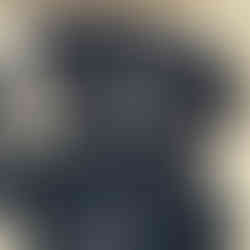

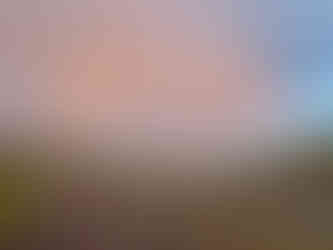

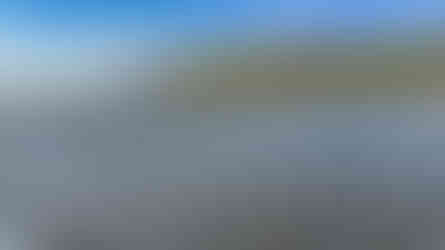


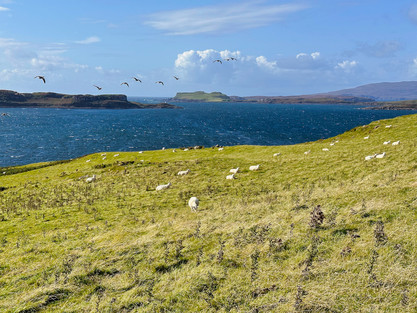

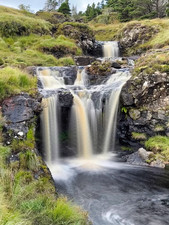


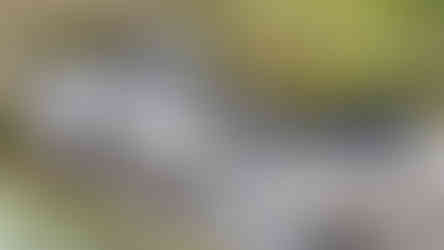







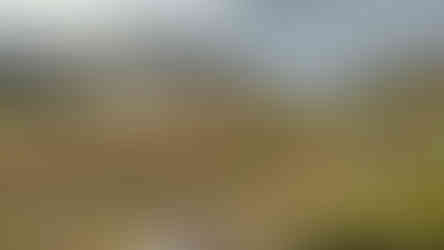



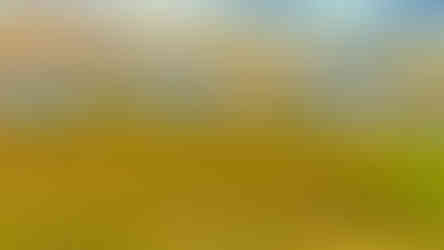

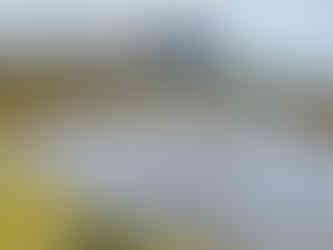

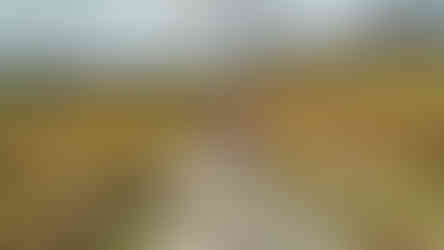

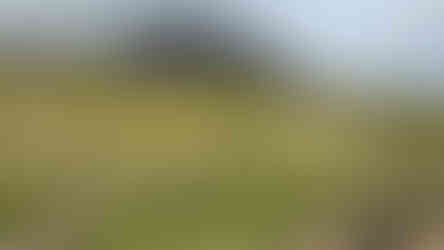



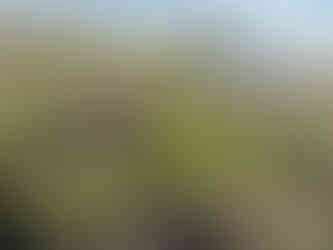



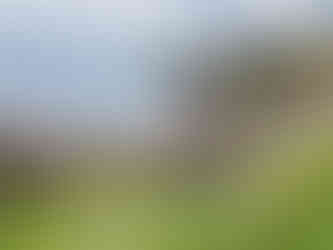

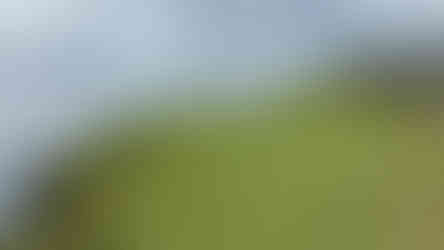



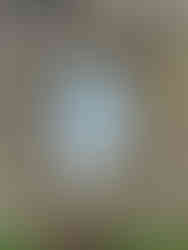

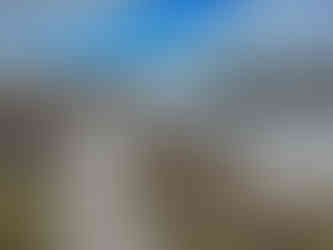

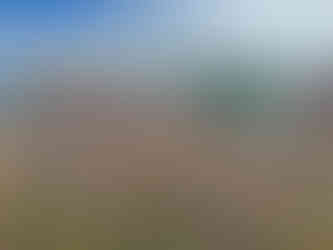

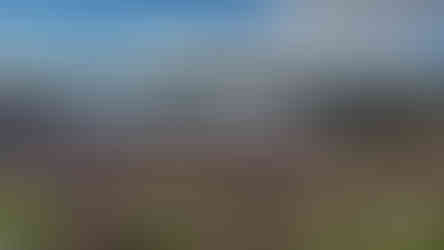


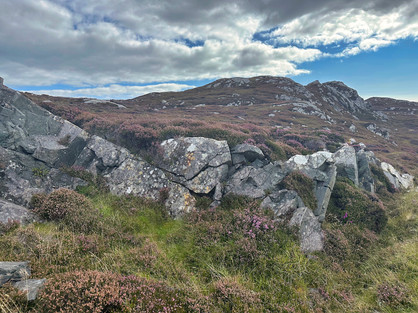
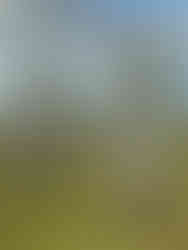

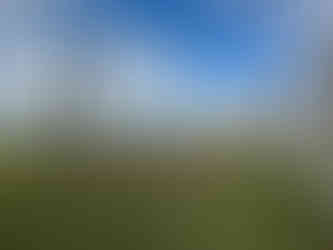





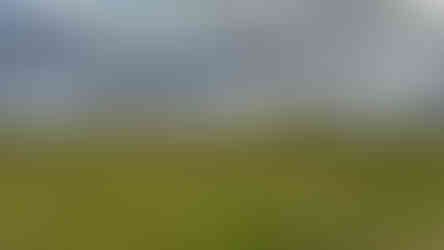

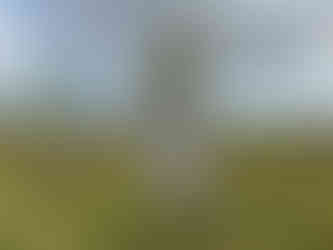

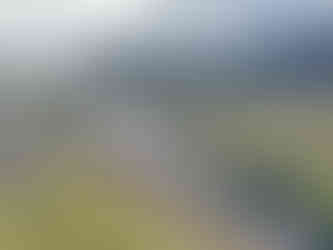

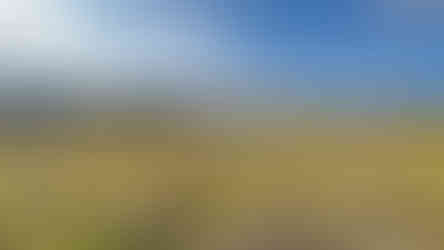




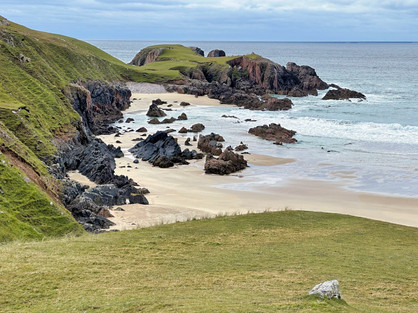


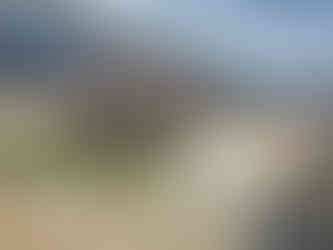

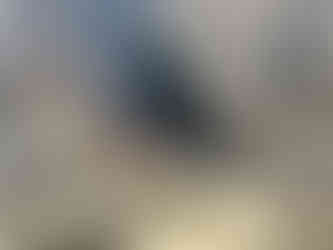

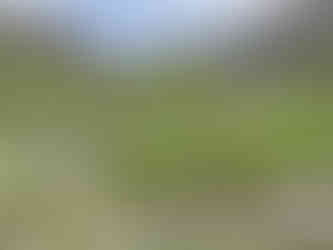





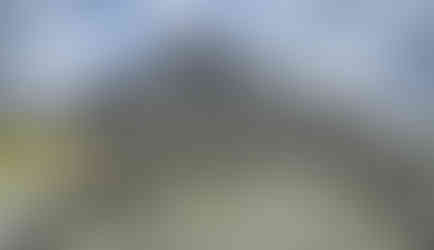





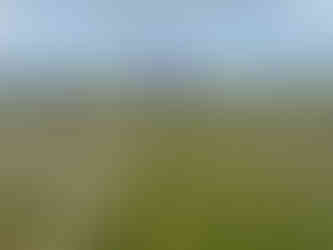

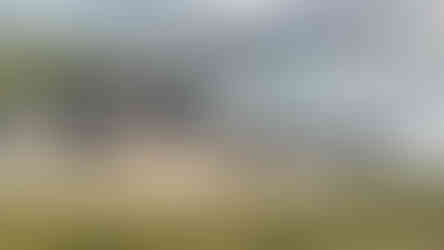

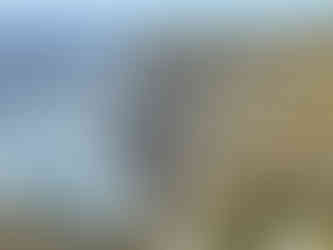





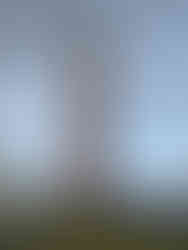

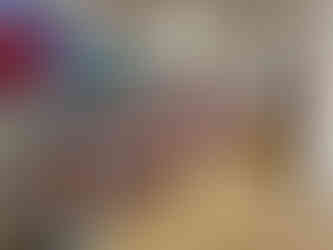

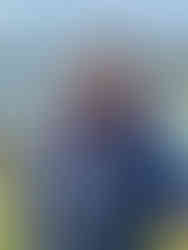

Commentaires